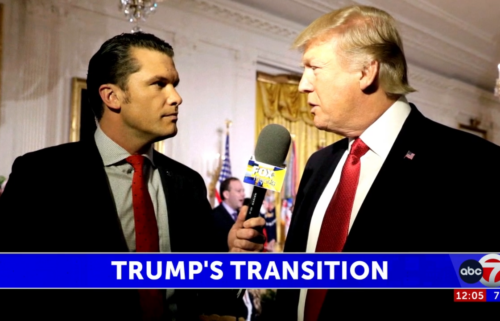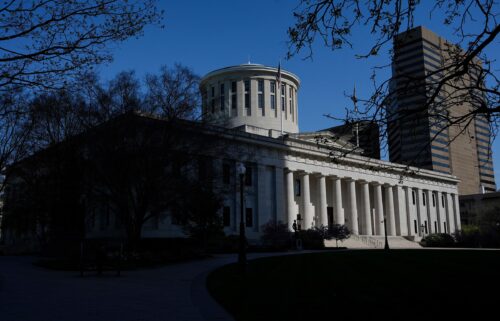Why the next 100 days are critical for Trump

The next 100 days will be critical to understanding whether President Donald Trump will win a second term in office. His approval rating has been consistently low during his first term. Yet his supporters could always point out that approval ratings before an election year have not historically been correlated with reelection success.
But by mid-March of an election year, approval ratings, though, become more predictive. Presidents with low approval ratings in mid-March of an election year tend to lose, while those with strong approval ratings tend to win in blowouts and those with middling approval ratings usually win by small margins.
Let’s start with where Trump is right now: an approval rating in the low 40s. Since World War II, two presidents have had an approval rating at or below 45% in mid-March of an election year. George H.W. Bush had an approval rating at 39%, while Jimmy Carter’s was at 45% and falling fast. Both of them went on to lose reelection by greater than 5 points.
On the opposite end of the spectrum, there have been five presidents with an approval rating of 55% or above. There was Bill Clinton at 55%, Ronald Reagan at 55%, Richard Nixon at 58%, Dwight Eisenhower at 72% and Lyndon Johnson at 80%. All of these presidents won their elections by nine points or greater.
Finally, we have the group of presidents with approval ratings between between 46% and 54%. This includes Gerald Ford at 47%, Barack Obama at 47%, George W. Bush at 49% and Harry Truman at 51%. All of their elections were decided by less than 5 points.
Ford didn’t win.
I should point out that these groups I laid out are a little arbitrary. The correlation is high, but not too high between reelection margins and mid-March of election year approval rating. Reagan’s approval rating, for example was equal to Clinton’s, though Reagan’s reelection margin (18 points) was about twice as much as Clinton’s (9 points).
It’s certainly within the margin of error that Trump wins reelection even if his approval rating stays where it is by mid-March of next year.
The Reagan vs. Clinton comparison, though, should be a major warning to Trump. Reagan won by a larger margin than Clinton in part because economic growth was very strong in Reagan’s reelection year.
As FiveThirtyEight’s Nate Silver pointed out back in 2012, reelection outcomes are predicted well when you combine approval ratings with job growth. To use another example besides Reagan, poor job growth in 1980 helped sink both Carter’s approval rating and his reelection hopes.
So what happens if Trump’s approval rating is the same in 100 days as it is now and the economy grows at the same rate it currently is through the election? Based on history, Trump would be forecasted to lose by a few points.
Like when only accounting for approval ratings, it would be a race within the margin of error.
Still, you can clearly see how history points to an uphill climb for Trump. Combine that with the fact that his approval ratings have been consistently low, and there’s no reason to believe the underlying political environment will change dramatically by Election Day if things hold over the next 100 days.
That leaves us with the big unknown of who Trump’s opponent will be in the general election. Who that is will ultimately help to determine whether Trump is able to beat his poor fundamentals.




